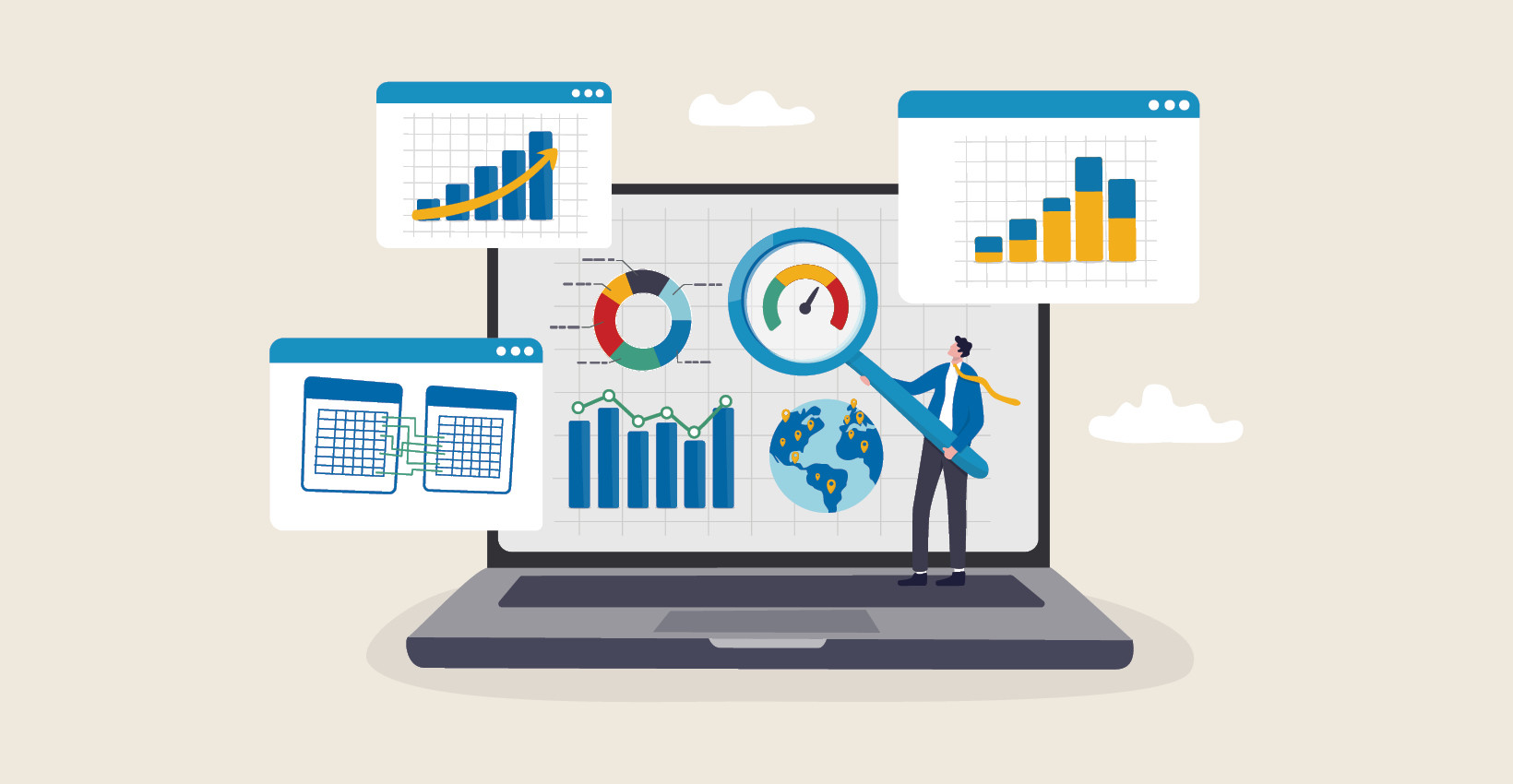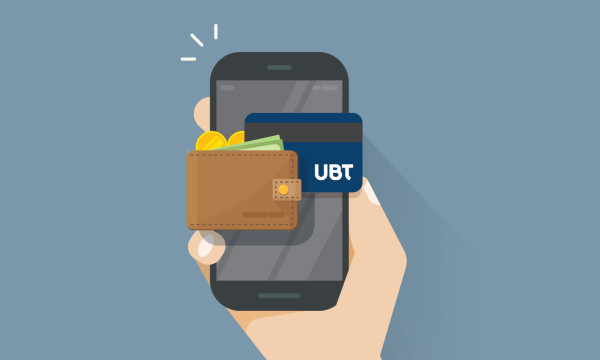Budget automation: Put your bills on autopilot

When you first start budgeting, your money is like the proverbial watched pot that requires constant watching so that it won’t boil over, leaving you scrambling to mop up the mess. But once you master a few basic budgeting tricks, you’re ready for what we like to think of as crockpot budgeting: a few prep tasks at the beginning of the month and away you go, because the system you have in place will make your financial moves for you. Let’s dive into the hows and whys of automating your budget.
One and (almost) done
The first part of automating your budget is easy, and it sets you up for part two, the easy monthly tasks. If you haven’t already done so, you’ll want to do these things — trust us, your money will thank you.
Put your savings on autopilot. The importance of paying yourself first really can’t be stressed enough, so you’ll want to direct a portion of the money you earn into a savings account as soon as you earn it. The easiest way to do that is to have that money slide into savings without you even lifting a finger. If you can split your automatic payroll deposits, with a portion going into your savings account(s) and the rest into checking, perfect. If not, automatic transfers are a beautiful thing and can easily be set up online, such as within UBTgo. If you’ve not yet established an emergency savings of three months’ worth of expenses, do that first, then continue to build that fund to six months while contributing to your “regular” savings or sinking fund.
Establish a sinking fund. A sinking fund is a strategic way to save money for a specific purchase by setting aside a little bit each month. It’s an easy, effective way to cover recurring expenses without dialing in on a super-specific savings plan. Examples of sinking fund categories would be: car registration, maintenance, and taxes; annual memberships, subscriptions, and licensing; holiday expenses; and property taxes, if not escrowed. Every month, you’ll set money aside in one or multiple categories to be used later. You’ll be saving up small amounts over a longer time frame instead of having to come up with a big chunk of money all at once. When you’re setting up your auto transfers, you’ll just transfer into your sinking fund’s checking or savings account. (If you already budget proactively, kudos. And you get extra points if the process is already automated.)
Boost your savings with RoundUp. One of the secrets to effortless budgeting is to implement sneaky ways to save. One of these is an automatic savings sweep like our very own RoundUp. Your debit card purchases are rounded up to the nearest dollar, and the difference is transferred from your checking account into your savings account each day. It might not seem like much, but even a dollar or two a day can make a big difference, particularly if it’s moving into an interest-bearing account.
Make friends with BillPay. By setting up recurring bill payments through your bank’s online bill pay service — like BillPay within UBTgo — you have control over multiple bills in one convenient place. Your desktop computer or handheld device becomes your bill payment center, and you can stop or change payments to more than one bill instantly. It’s as easy as logging in!
Build in a safety margin. Ideally, you’ll build a safety margin, or buffer, in your checking account — an amount that’s left over after you pay your bills. Some folks who have a checking account buffer keep this money to use for emergencies or unexpected expenses that may pop up from time to time. But if you’re confident that your budgeted categories have your back in this regard, your safety margin becomes a bit of financial insurance, as it can keep you from overdrawing your account.
Automate your investments.* Once you have your savings and bills on autopilot, you’ll want to look at your investing, too. Automatic deposits into your investment accounts are definitely a smart way to go, if you aren’t doing so already. If your investing is solely in the form of 401(k) contributions, chances are they’re coming out pre-tax and you’re not thinking much about it. As you’re scanning your flexible budget each month, you’ll want to look for patterns — perhaps there’s additional income. Weigh your options to determine whether increasing your deductions is the way to go, or if you want to try out an automated investing option
Things to do every month
So now we’re on to those monthly prep tasks we mentioned earlier. In addition to heading over to BillPay to take care of those items that vary each month, we recommend you take an hour or so to do the following tasks.
Review your flexible budget. While your income, savings, and core bills likely won’t change much (note: if your income is inconsistent, check out budgeting basics for healthier finances) the flexible part of your budget is going to be, well, flexible. You’ll want to take a little bit of time to review it at the beginning of each month or the end of the previous one. It’s as simple as scanning the month ahead, looking at the variable portions of your budget, and adjusting the categories accordingly, because no two are going to look exactly the same, expense-wise. For example, if you are hosting for the holidays, your grocery budget will most likely be larger, so you’ll want to make some modifications in other areas. Have a big birthday month on the horizon? You may want to adjust other disposable income, unless your “gifts to others” category was already built with this month in mind (in which case, nice going!).
Scan your statements. Take a quick scan through your credit card and checking account statements to make sure there’s nothing that looks like fraud and to see if you notice any purchases that ended up feeling like they weren’t worth your hard-earned cash. That’ll help rein in your spending this month.
Break out the crystal ball. Lastly, take a look at your bigger financial picture, just to give yourself a visual of how your efforts are paying off. Trying to pay down debt? A look at the lower card or loan balances makes it much easier to stay on course. The same is true of saving for a major purchase — it helps to see how the needle has moved on making that dream car or house a reality. A lower debt burden and higher net worth every month makes it feel real! It’s also a fantastic reminder that those small, smart money moves really are paying off in the long run.
We hope you found some of our tips helpful! This article is part of the Money Foundation principle, part of UBT's Five Principles of Financial Wellness Series.
|
Learning Center articles, guides, blogs, podcasts, and videos are for informational purposes only and are not an advertisement for a product or service. The accuracy and completeness is not guaranteed and does not constitute legal or tax advice. Please consult with your own tax, legal, and financial advisors.




